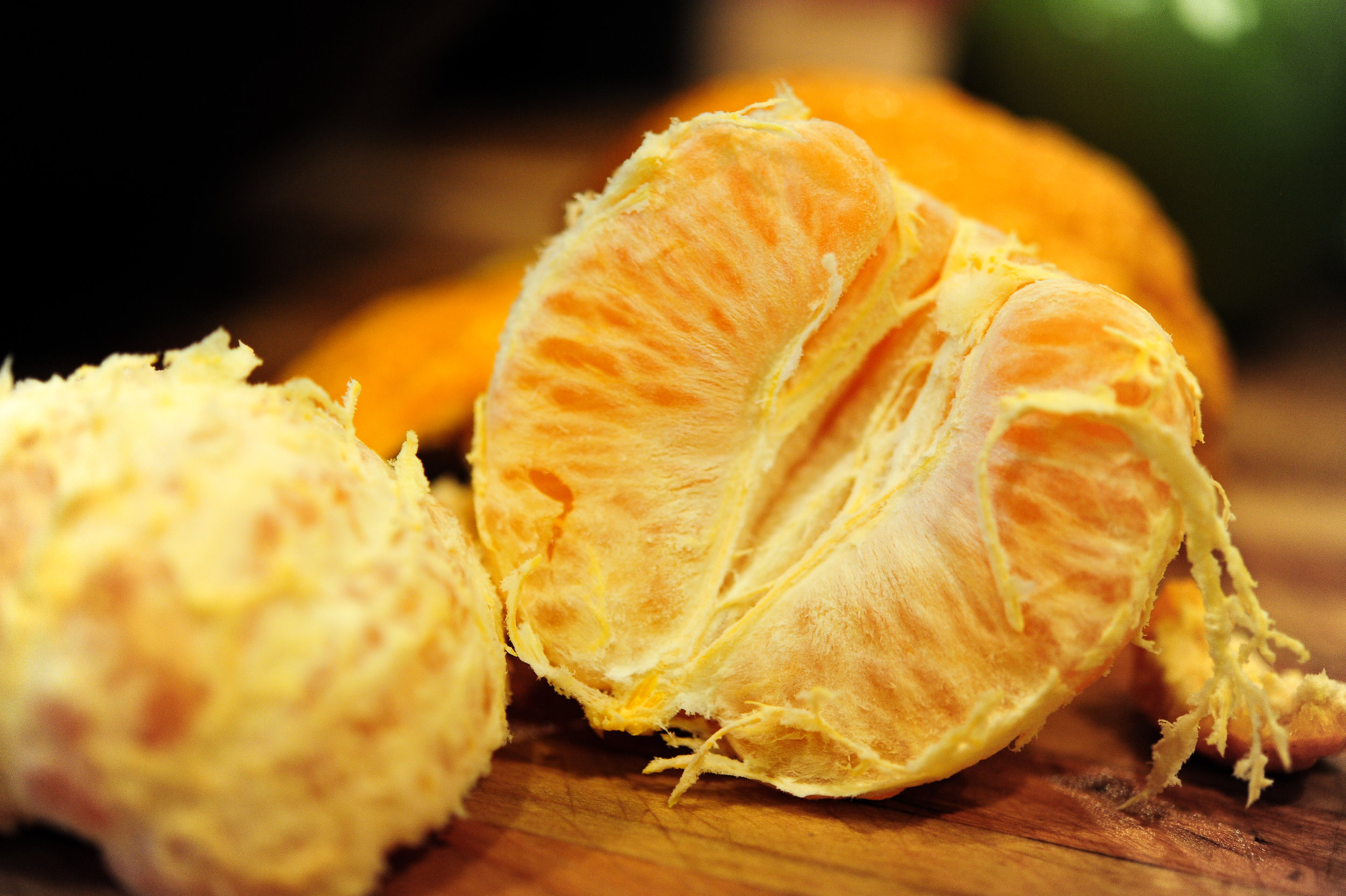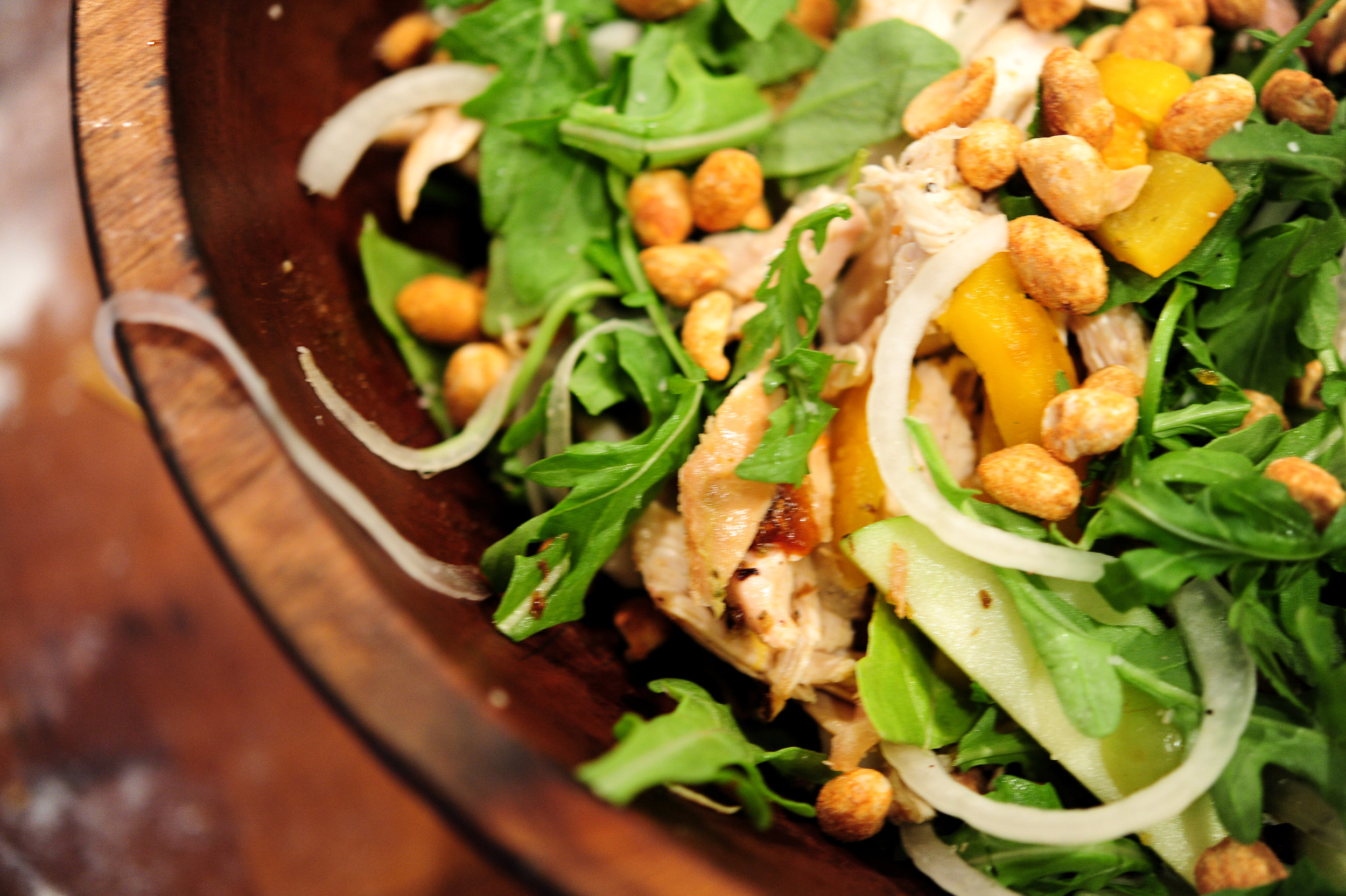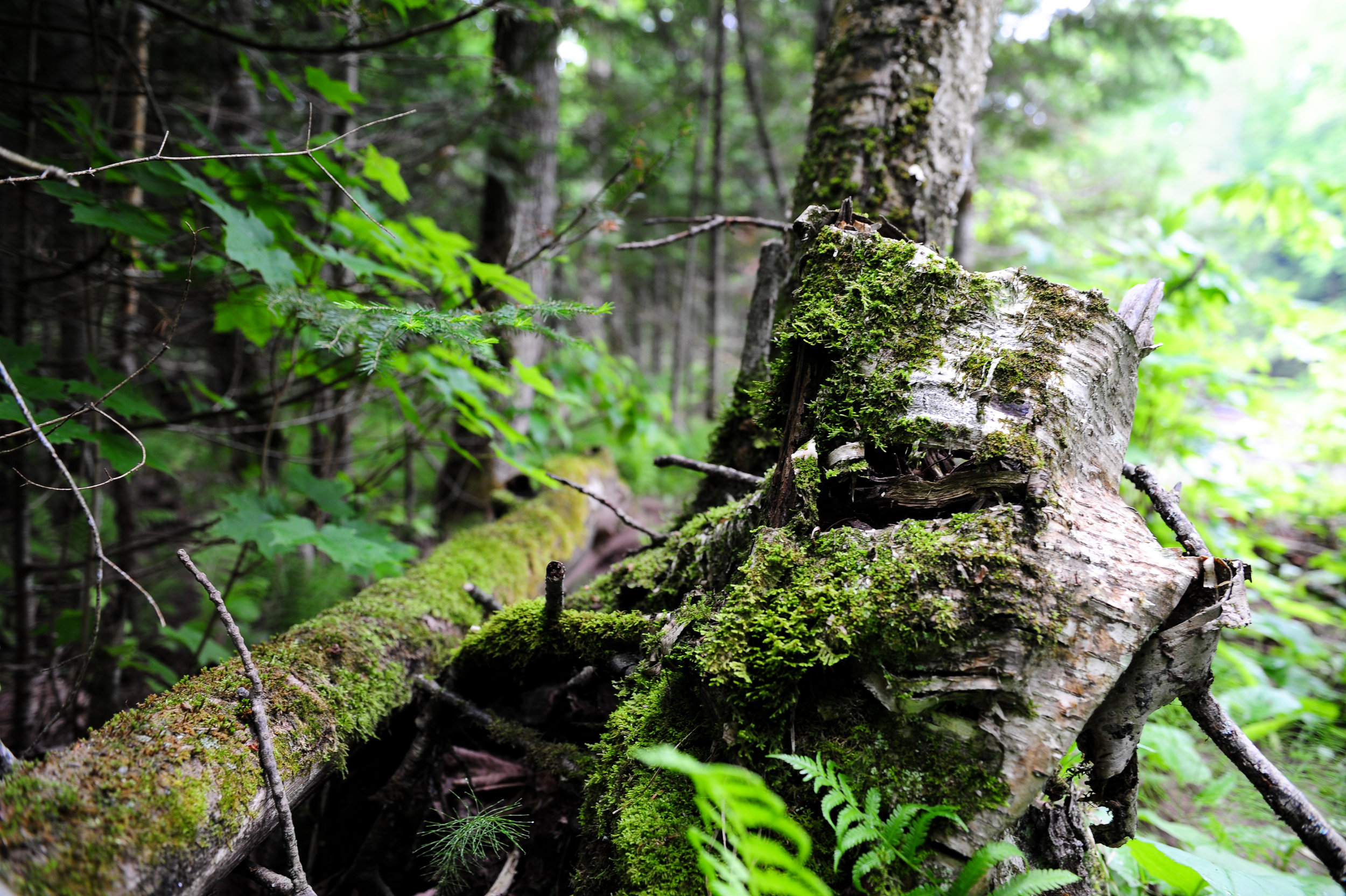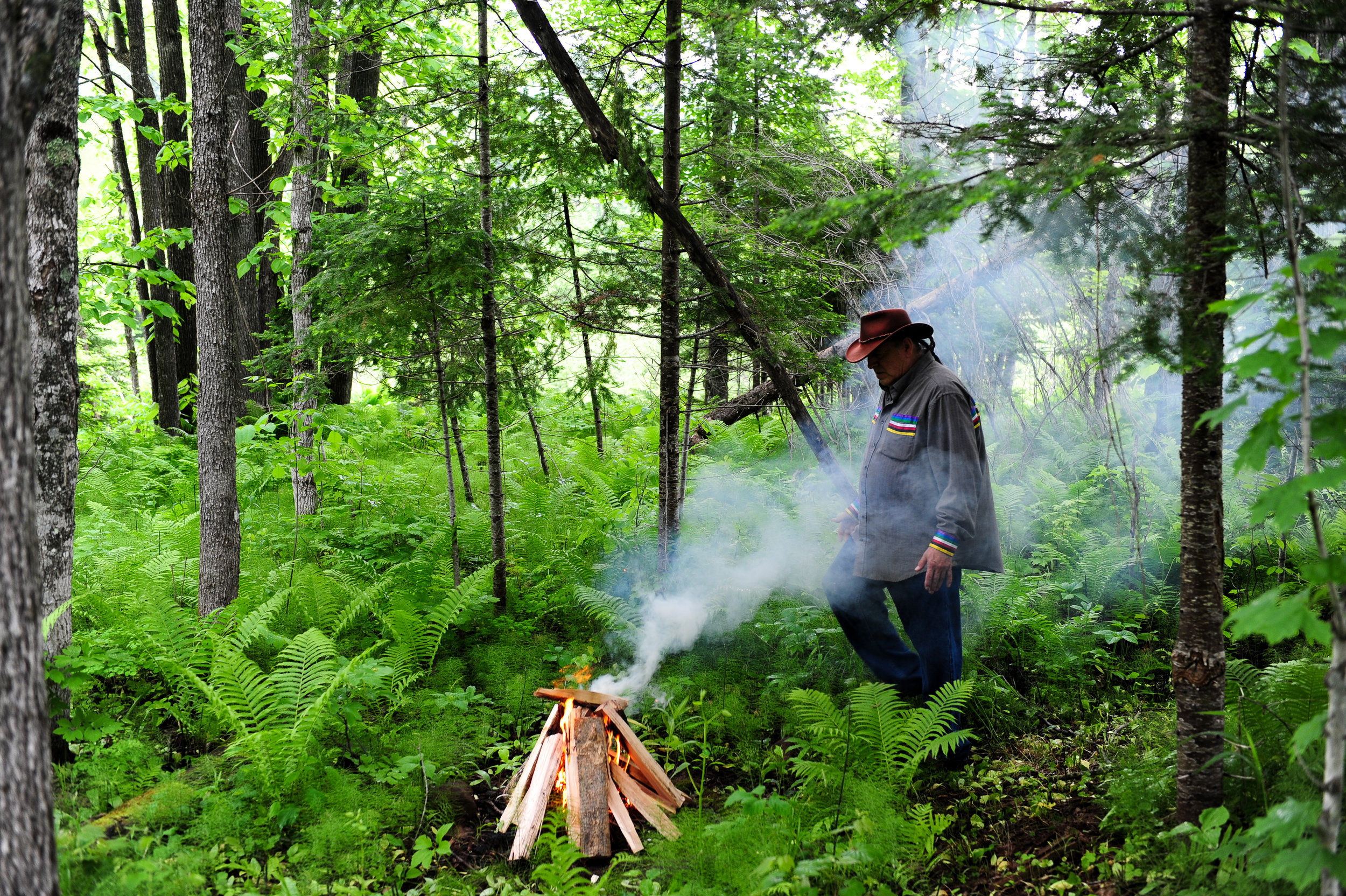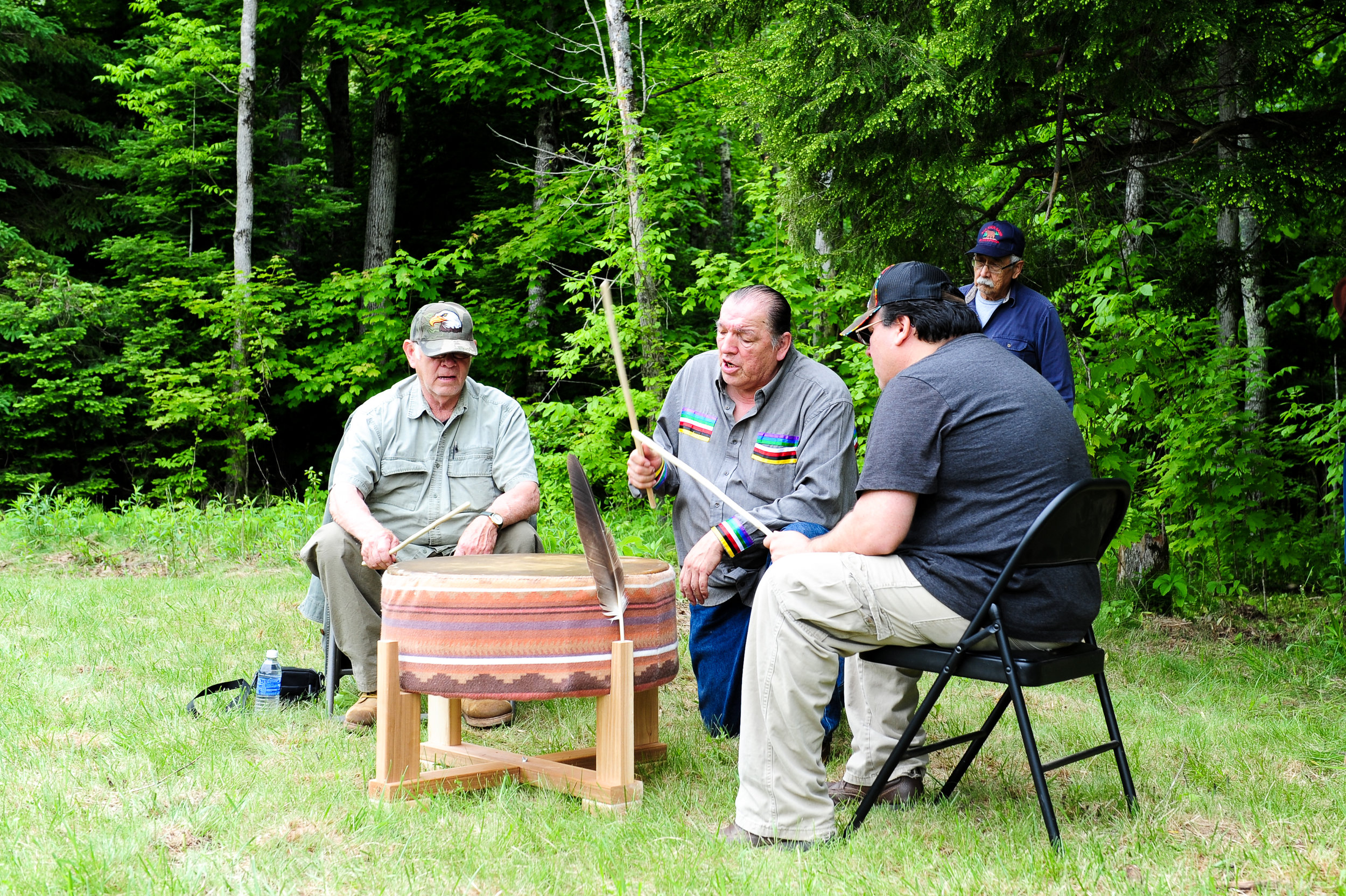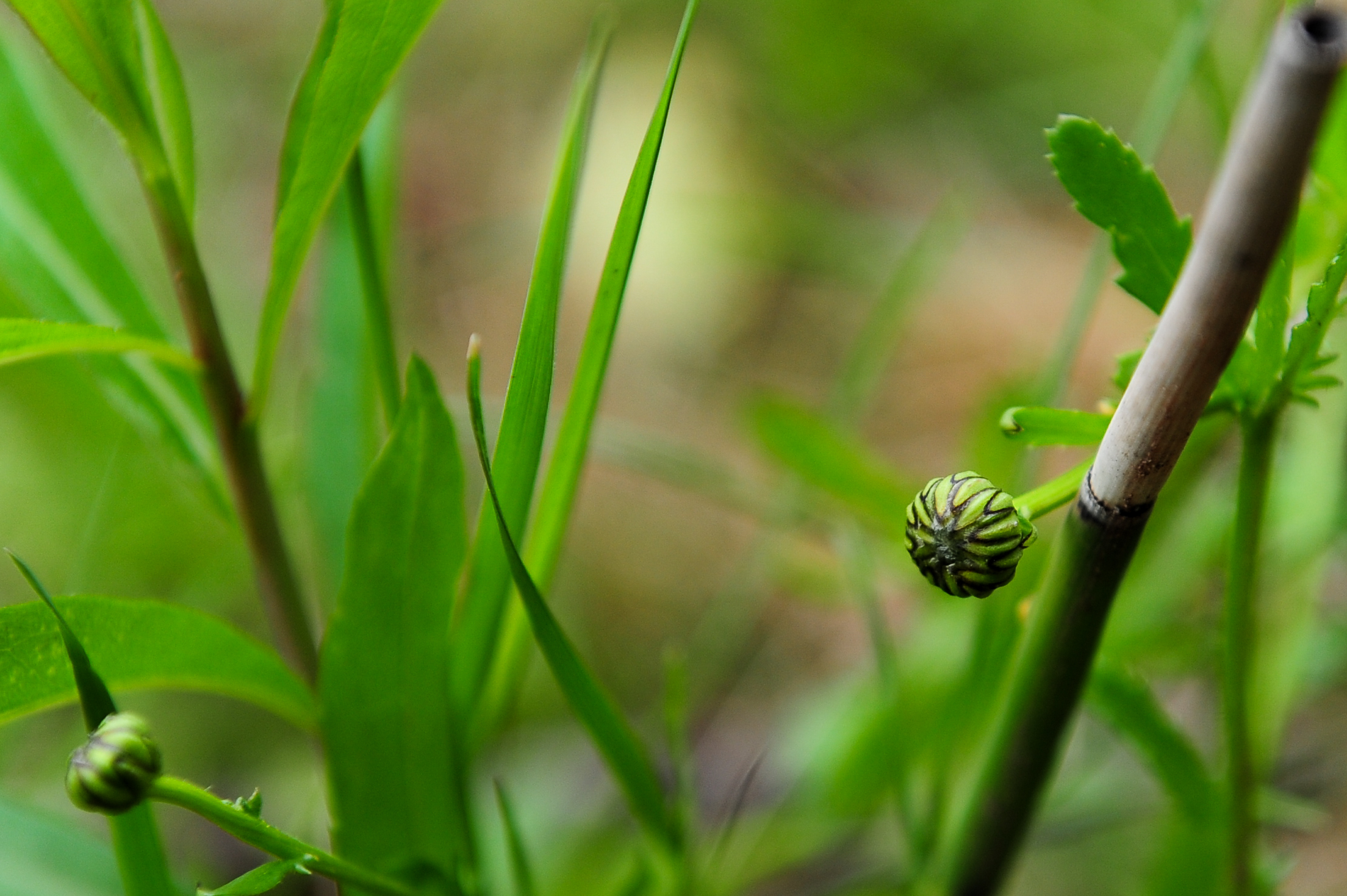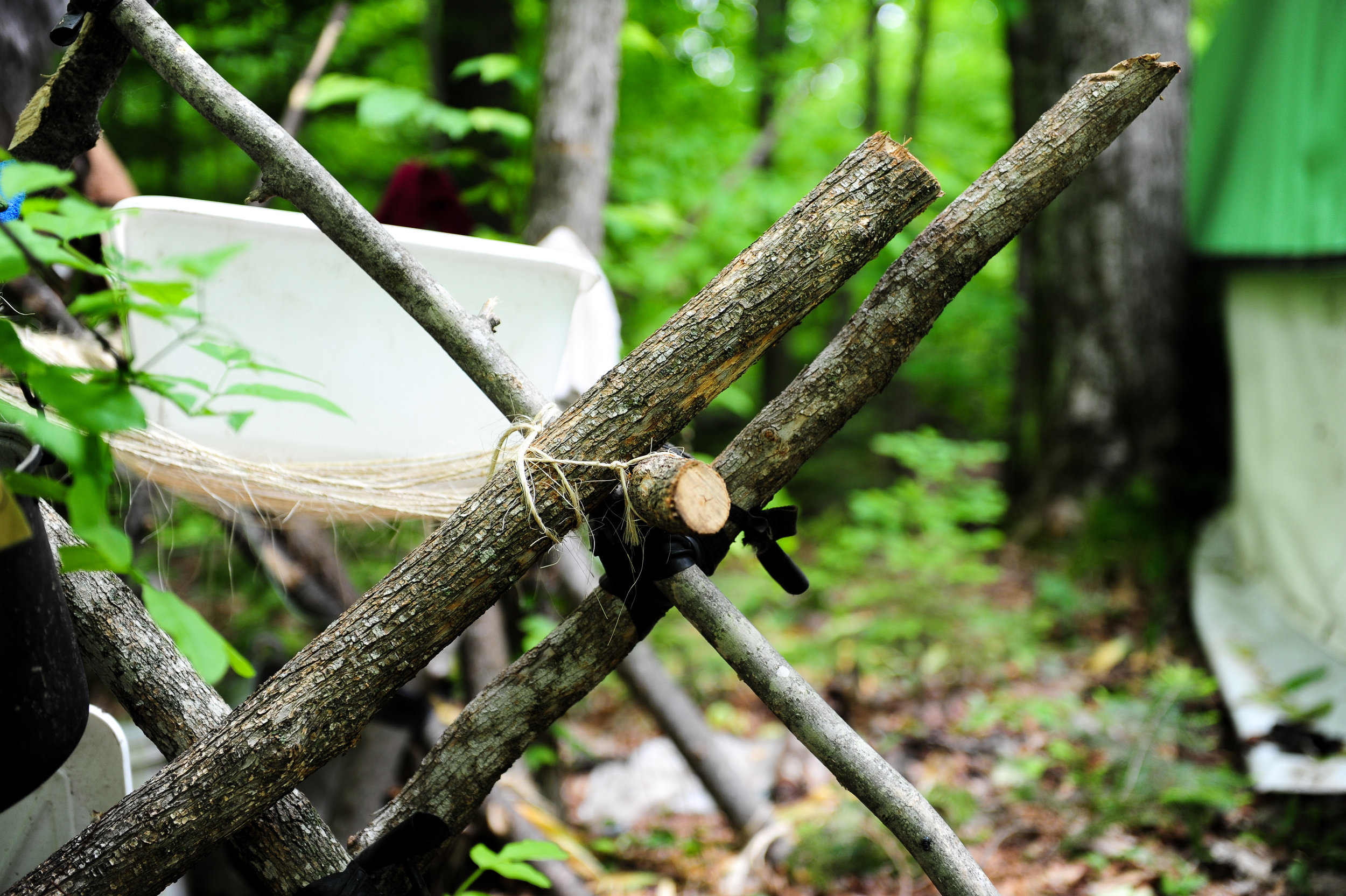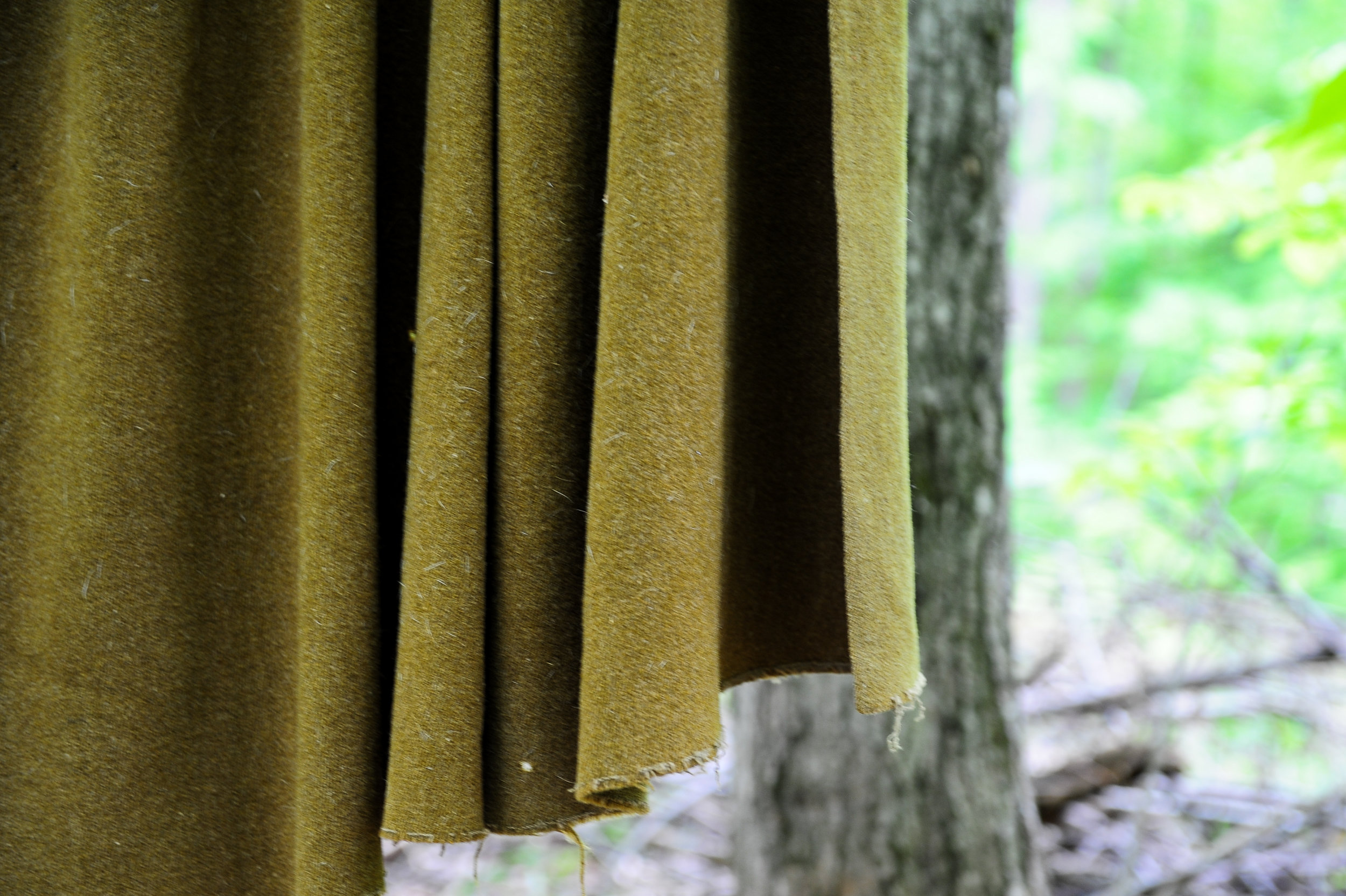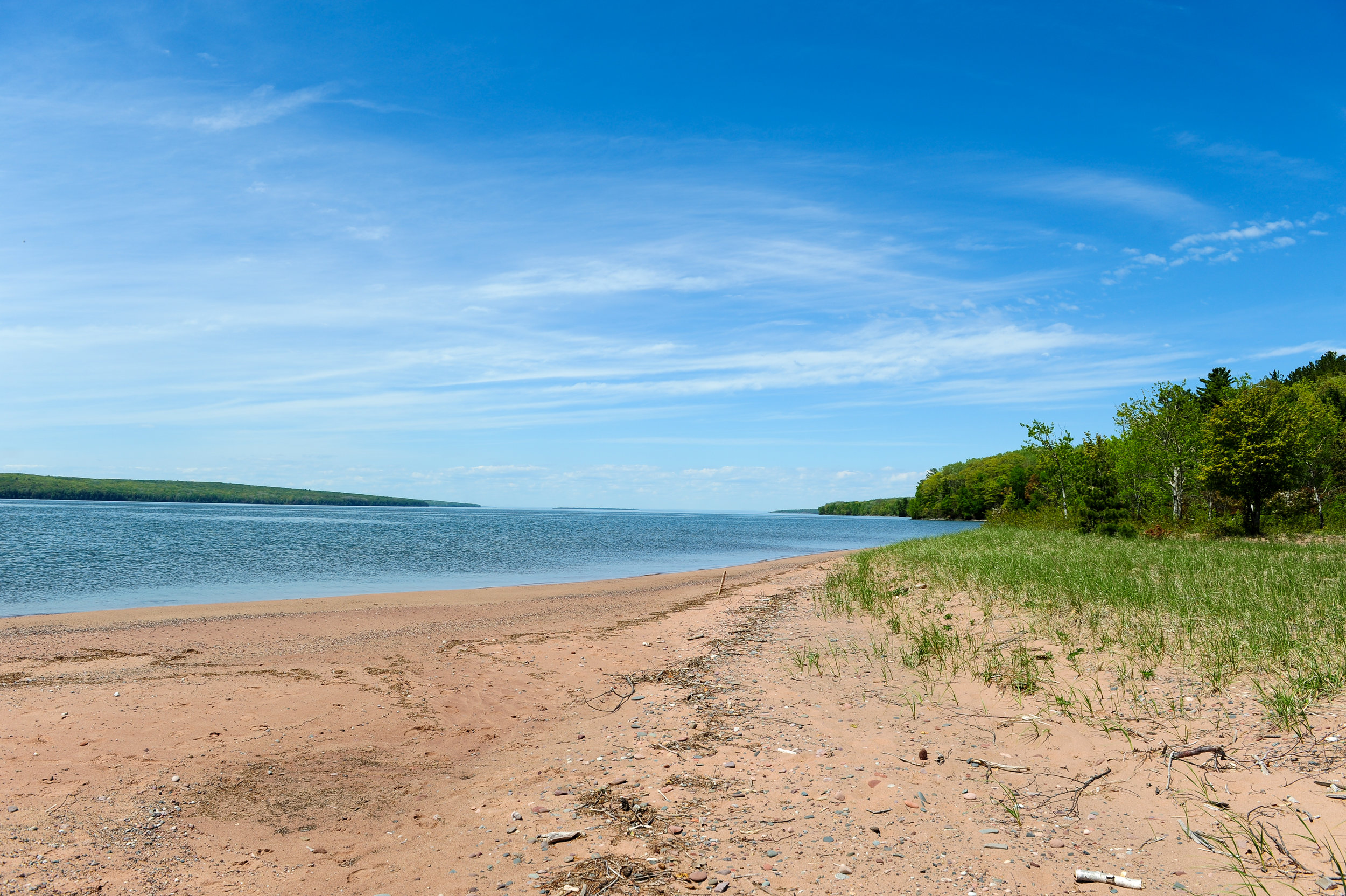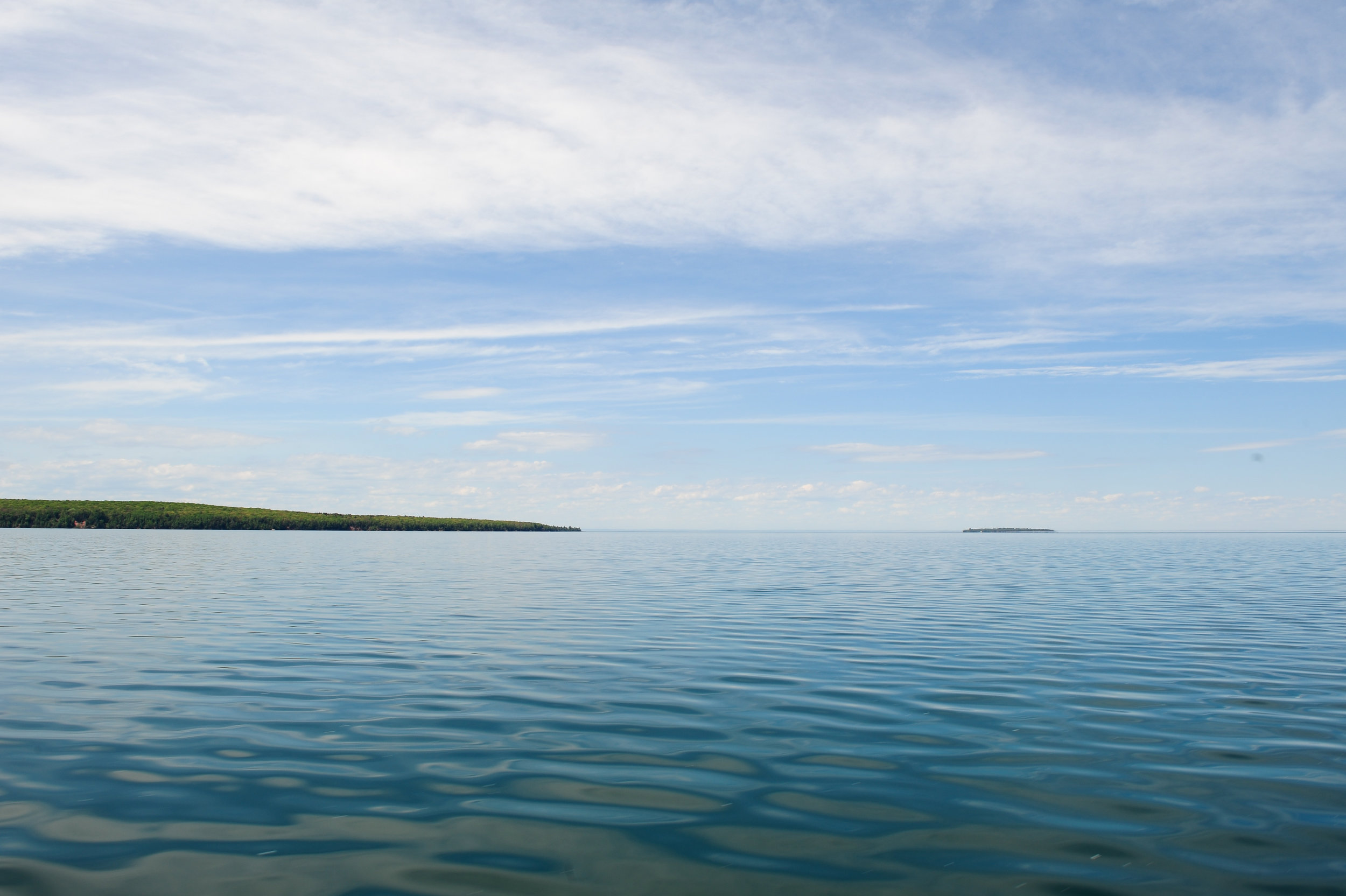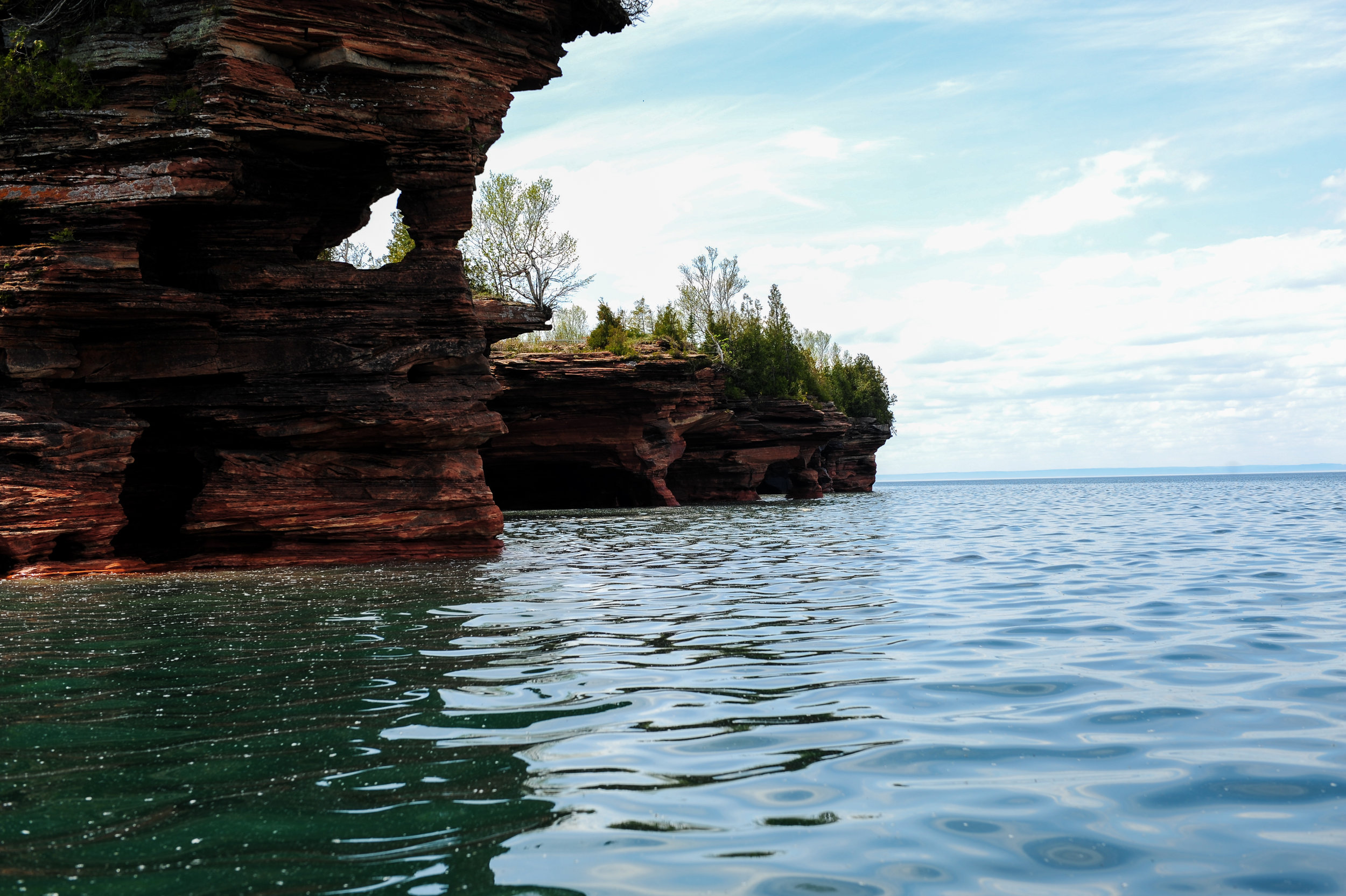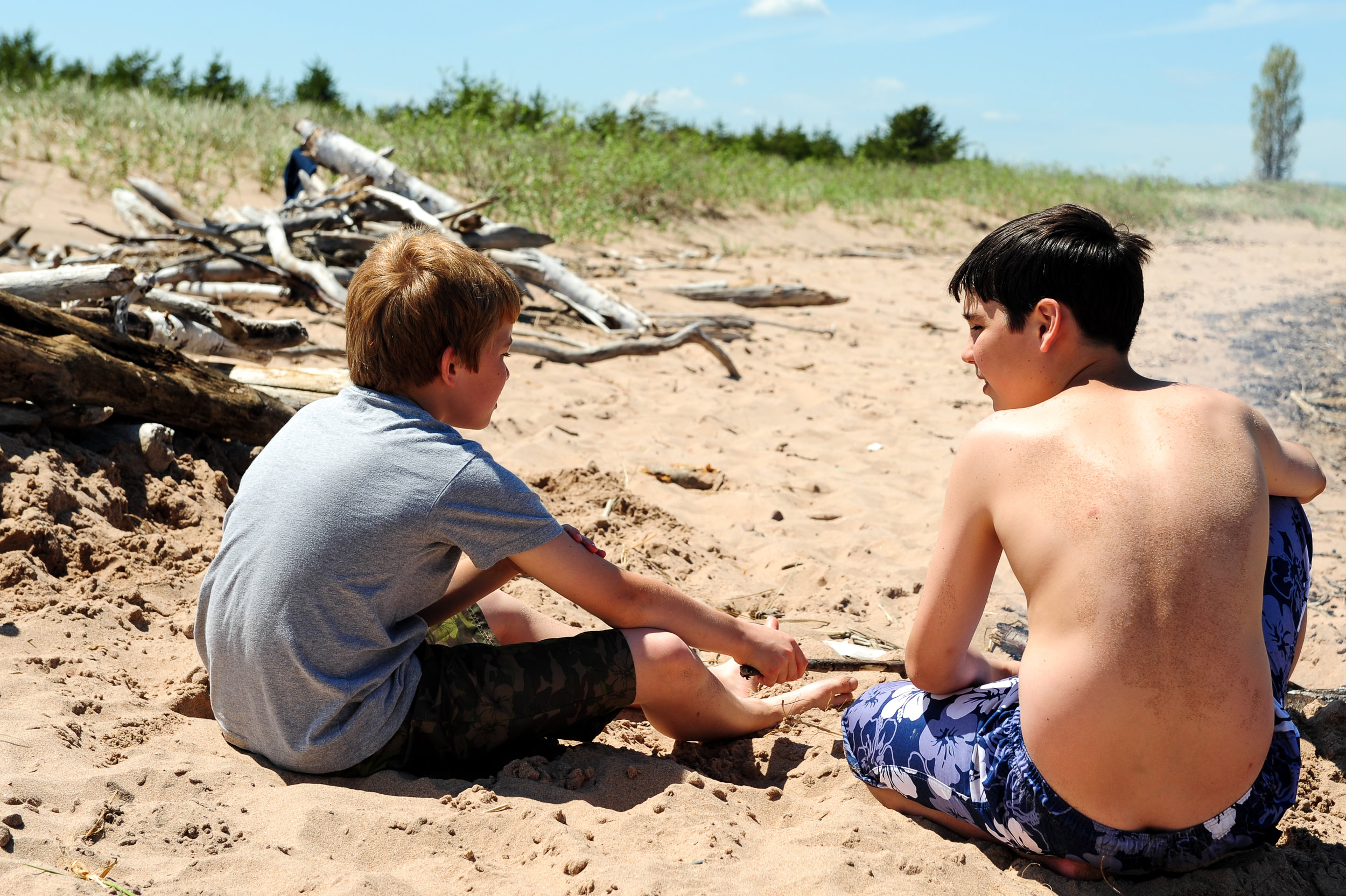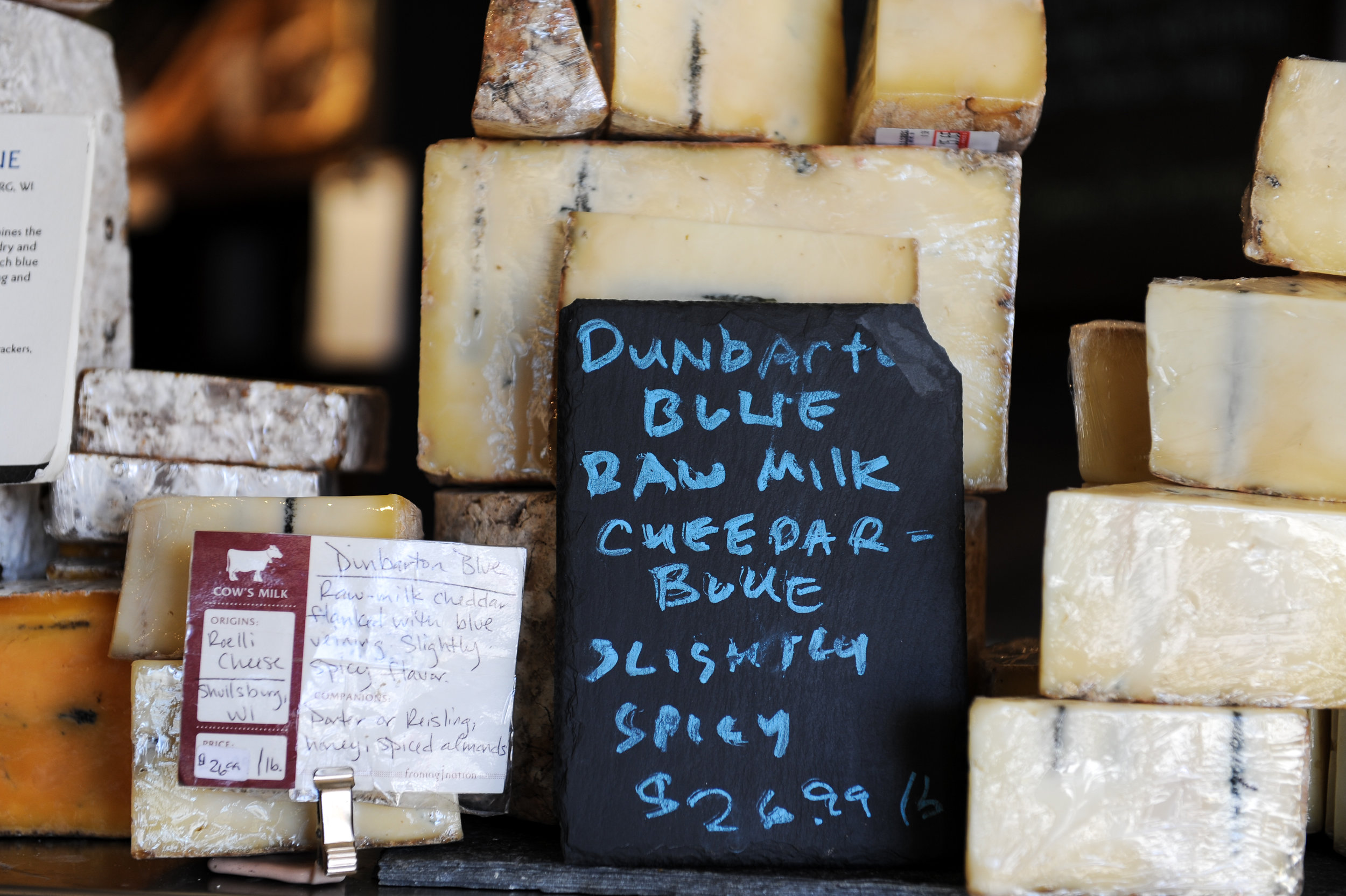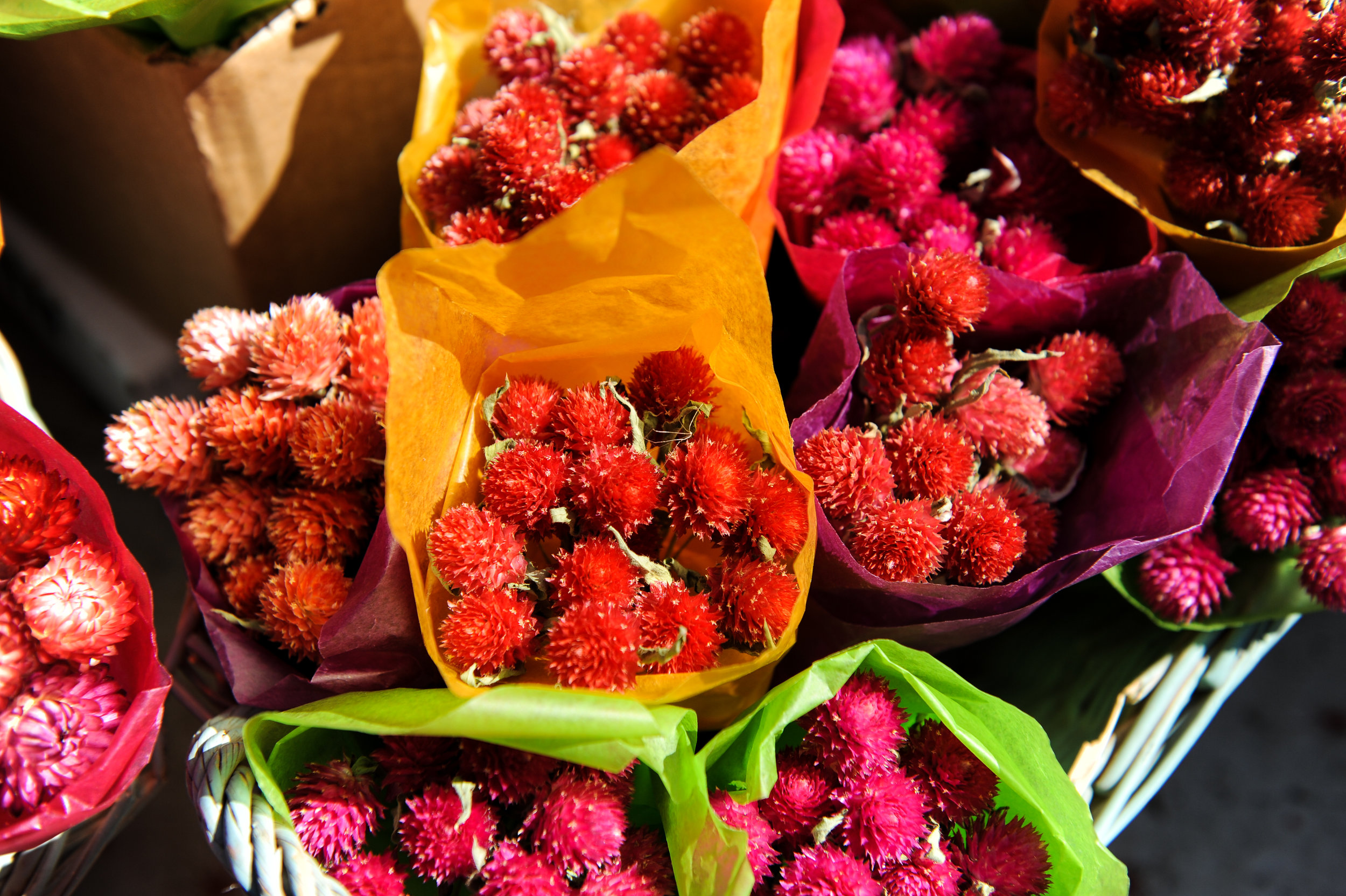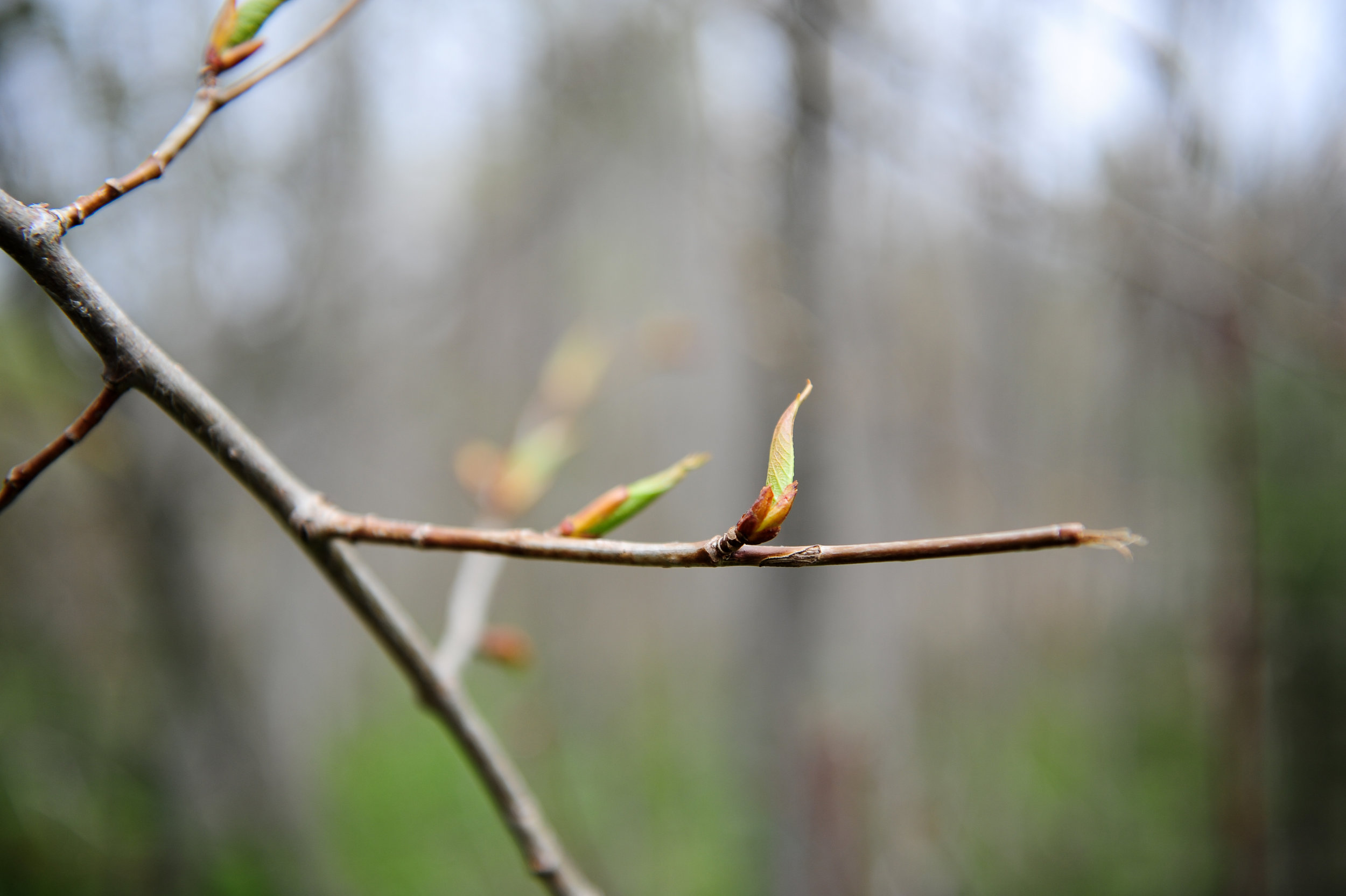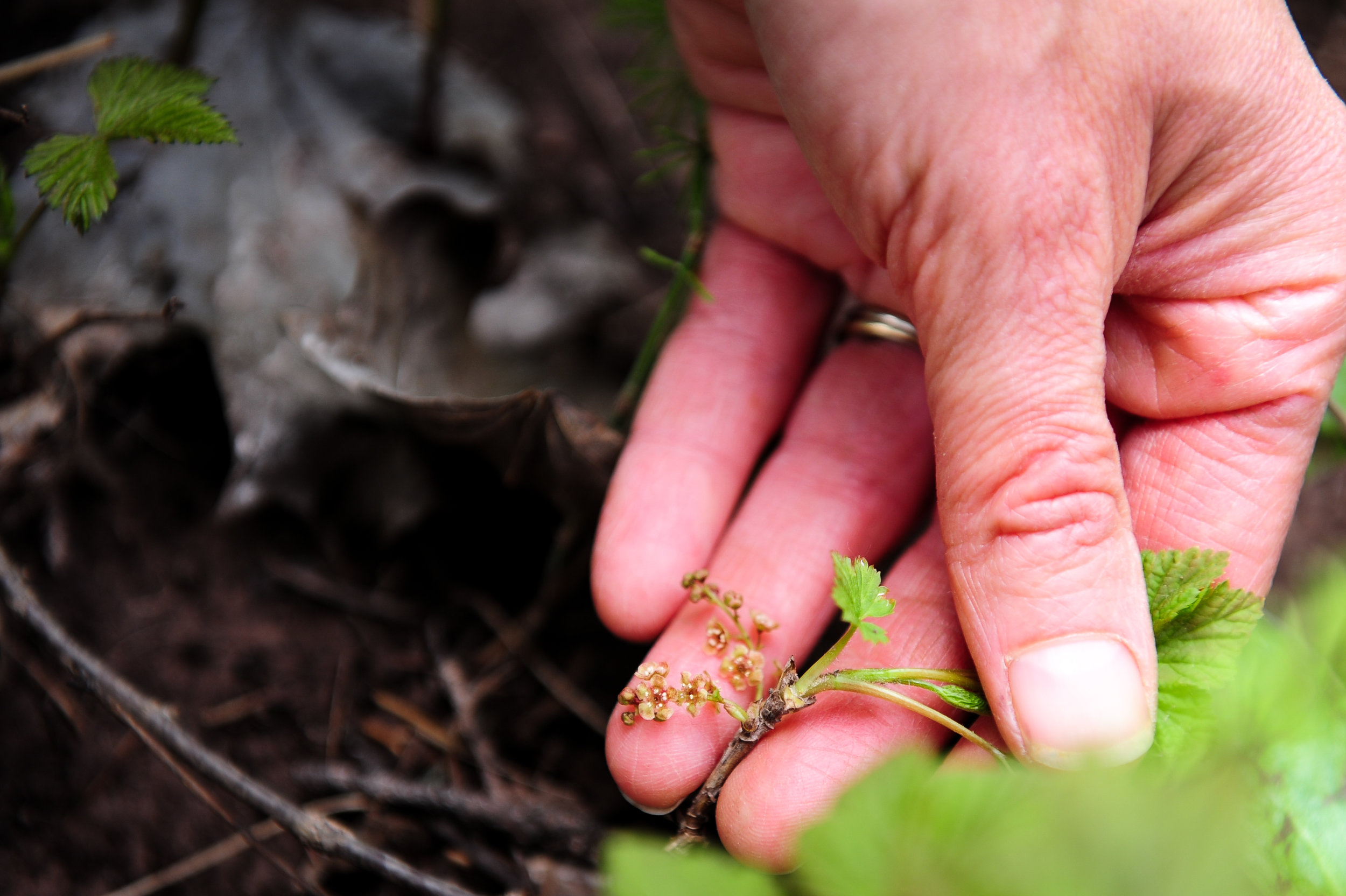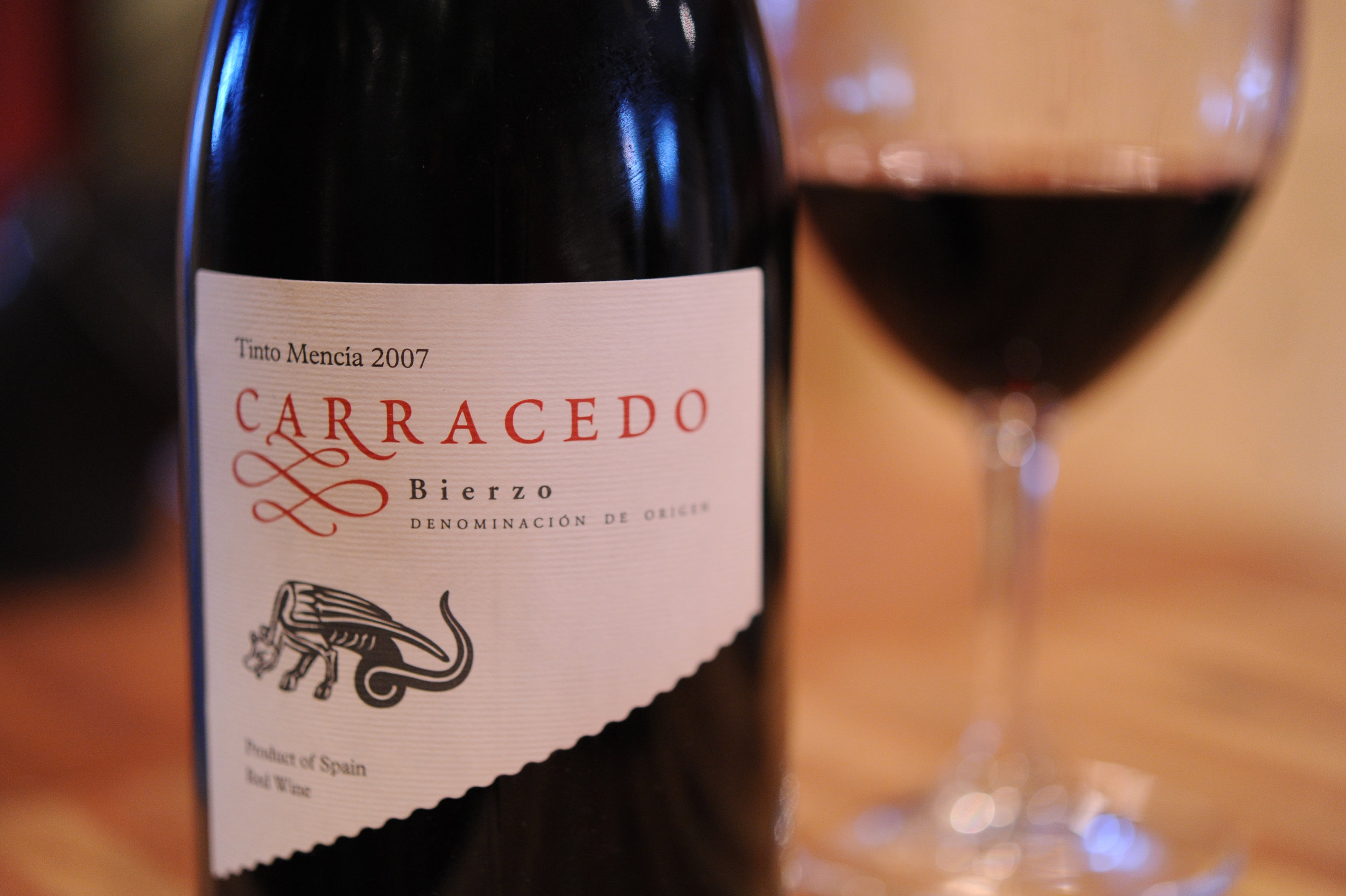What is better than Thai chicken on the grill? A sweet, salty and tangy salad made with the leftover Thai chicken, that's what. Since it seems summer is here to stay, it's time to break out the 'salad as dinner' trick I'm so fond of during these warm days full of sandy beaches, gardening, lollygagging and late dinners on the porch.
This is a seriously good salad and the best part is it takes about 15 minutes to throw together (assuming you've grilled the chicken ahead of time). Perfect for those days when you've been lollygagging, dillydallying and enjoying every last minute of summer sunshine but still need to eat dinner. Plus, it's loaded with fruits and vegetables— so you can add virtuous to the list of the day's activities.
Thai Chicken & Apple Salad(Adapted from Fine Cooking)
Dressing
1/2 cup Sweet & Sour Sauce (recipe here)
3 tbsp. fish sauce
1/4 cup fresh lime juice
Salad
1 Granny Smith apple, unpeeled, cored, quartered, and thinly sliced
1 tbsp. fresh lemon juice
1 orange or clementine
1 white onion, thinly sliced
1 red or yellow bell pepper, charred until soft, peeled, and sliced
1 cup red or white seedless grapes, halved
12 leaves arugula, torn into bite-size pieces
2 cups shredded Grilled Thai Chicken (recipe here)
1/4 cup unsalted, dry-roasted peanuts, coarsely chopped
1/4 cup mint leaves, crushed slightly and torn
Make the Dressing
In a small mixing bowl, combine the Sweet & Sour Sauce, fish sauce, and lime juice; set aside.
Assemble the Salad
In a small bowl, toss apple slices with lemon juice to prevent browning; set aside. Peel the orange or clementine and separate the sections. With a paring knife over a bowl, cut the segments in half or thirds and let the segments fall in the bowl. Add the apple, onion, yellow pepper, grapes, arugula, and chicken. Toss gently. Add the dressing, gently tossing again to mix thoroughly. Transfer to a shallow bowl or platter, sprinkle with the peanuts and mint leaves, and serve.



